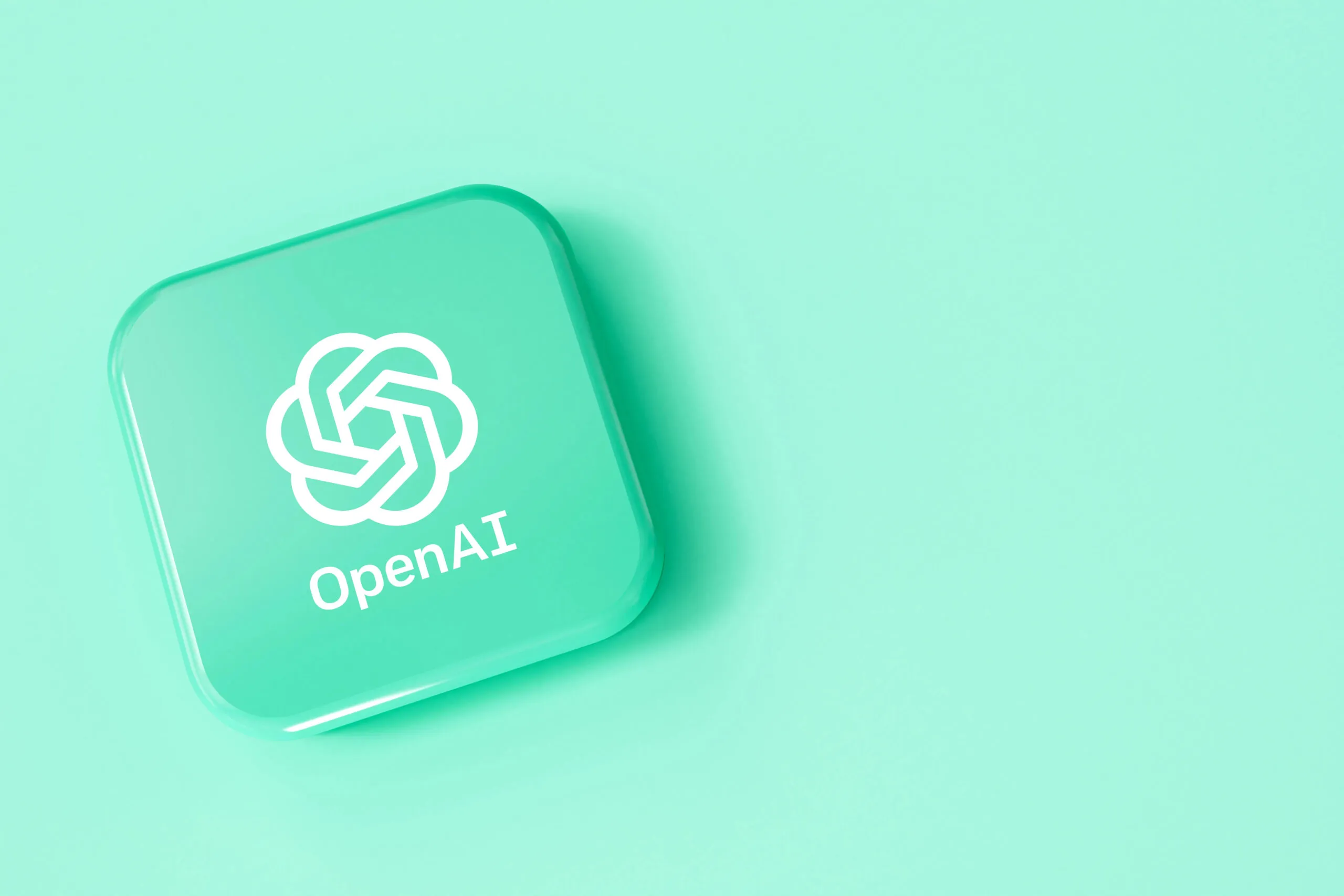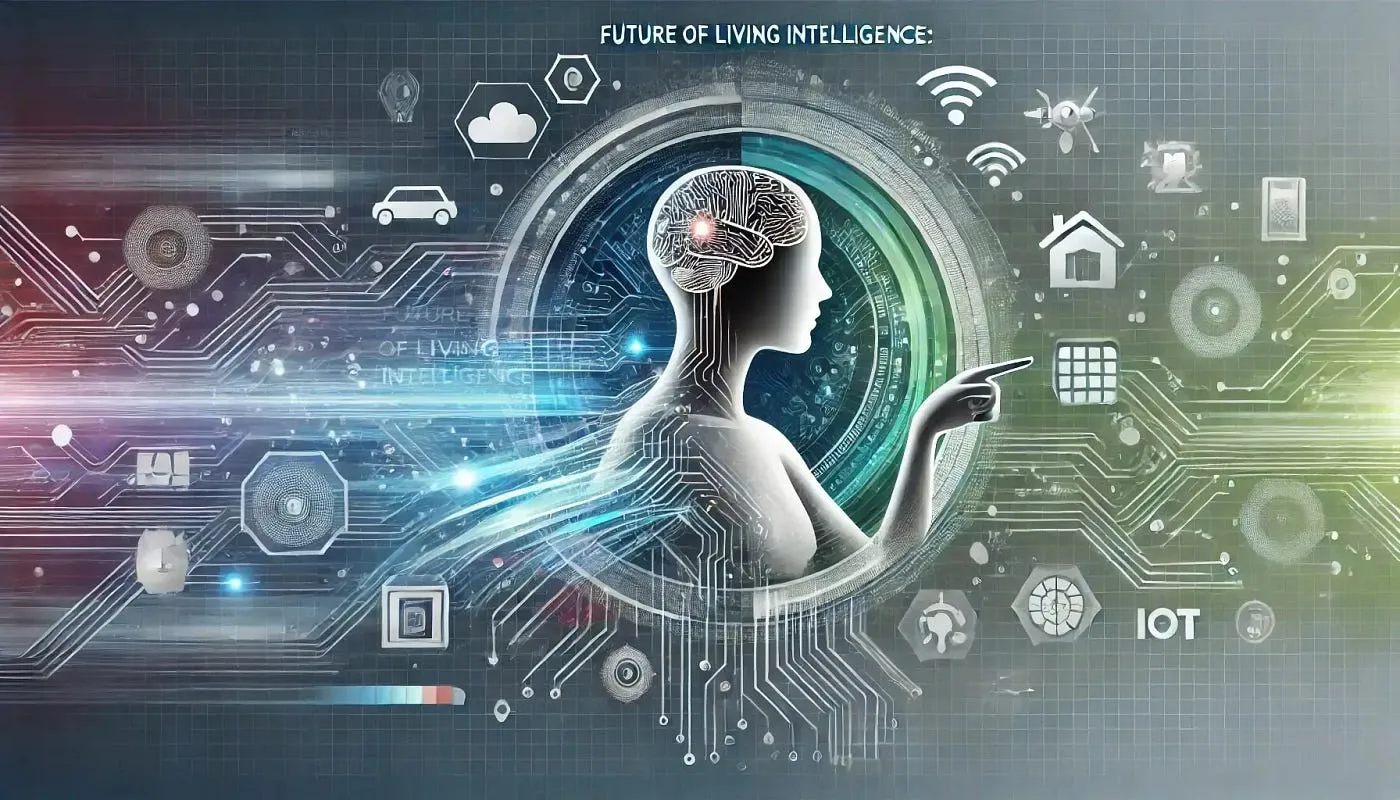
As digital transformation accelerates across industries, OpenAI continues to be at the forefront, introducing a suite of tools and APIs designed to streamline the creation of digital agents. These agents are engineered to perform tasks autonomously, enhancing productivity and efficiency for developers and enterprises alike.

Introducing the Responses API: A Game-Changer for Developers
The launch of OpenAI’s Responses API marks a significant milestone in the evolution of digital agents. This innovative API amalgamates the simplicity of the Chat Completions API with advanced tool-use capabilities, setting a new standard for building sophisticated agentic applications. The API is poised to transform how developers integrate multiple functionalities within their applications, enabling them to tackle more complex, multi-step tasks seamlessly.
“Today, we’re releasing the first set of building blocks that will help developers and enterprises build useful and reliable agents,” said OpenAI in a recent announcement. The new API is designed to support built-in tools like web search, file search, and computer use, which are essential for connecting models to the real-world applications, thereby enhancing their utility.
Enhancing Functionality with Built-In Tools
One of the standout features of the Responses API is its suite of built-in tools, which include capabilities for web search, file search, and computer use. These tools are engineered to work synergistically, providing a cohesive experience that significantly reduces the complexity of application development.

For instance, the web search tool, integrated within the Responses API, allows developers to fetch up-to-date, relevant information from the web. This feature is particularly beneficial for applications requiring timely data, such as shopping assistants or travel booking agents. According to OpenAI, “Developers can now get fast, up-to-date answers with clear and relevant citations from the web,” which enhances the functionality and reliability of the digital agents.
Streamlining Development with the Agents SDK
To further aid developers in creating sophisticated digital agents, OpenAI has introduced the Agents SDK. This toolkit simplifies the orchestration of single-agent and multi-agent workflows, providing developers with the necessary resources to build more efficient and effective digital agents. The SDK includes features like configurable safety checks and visual tools for tracing and inspecting workflow execution, which are crucial for maintaining the reliability and security of digital agents.
The Agents SDK is a testament to OpenAI’s commitment to supporting the developer community. It incorporates feedback from earlier API versions and includes significant enhancements that improve its flexibility and ease of use. “The Agents SDK simplifies orchestrating multi-agent workflows and offers significant improvements,” stated OpenAI, highlighting the collaborative nature of its development process.
Looking Ahead: The Future of Agentic Applications
As OpenAI continues to expand its toolkit for building digital agents, the future looks promising for developers and enterprises aiming to harness the power of AI. The ongoing enhancements and new capabilities being introduced are designed to make it easier than ever to deploy, evaluate, and optimize digital agents across various industries.
OpenAI’s commitment to innovation is clear, “We believe agents will soon become integral to the workforce, significantly enhancing productivity across industries,” the company noted. With the powerful tools now at their disposal, developers have a golden opportunity to innovate and create solutions that could redefine how businesses operate and interact with digital environments.

In conclusion, OpenAI’s latest updates are not just technical enhancements; they are a leap towards a more connected and efficient digital future. For developers looking to build the next generation of digital agents, OpenAI provides an essential platform that combines advanced technology with user-friendly interfaces, ensuring that the digital agents of tomorrow are not only possible but within reach.
